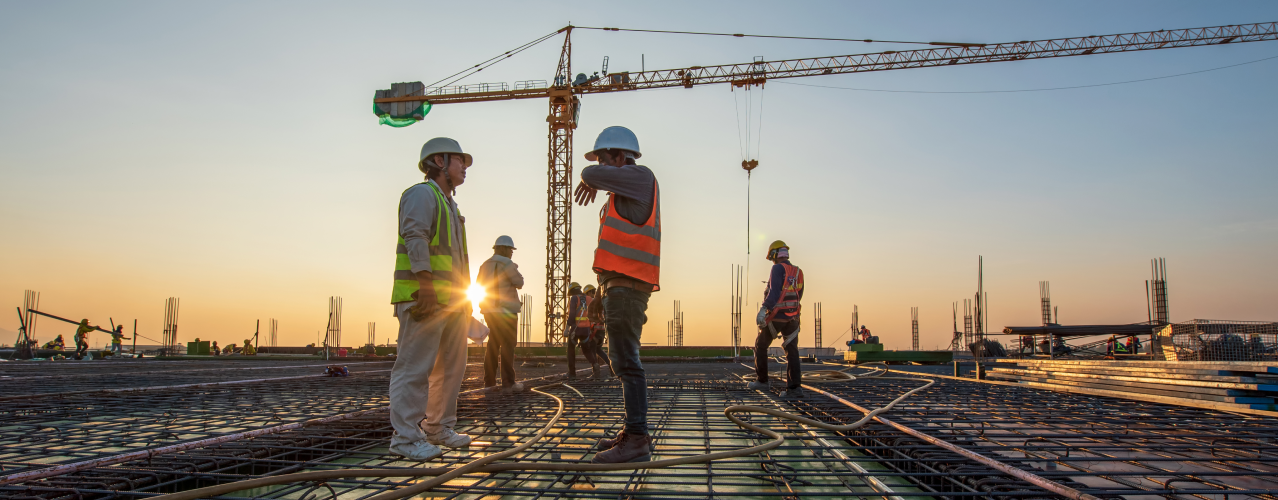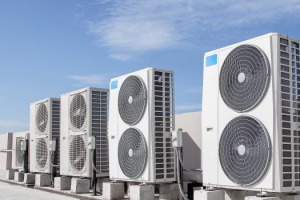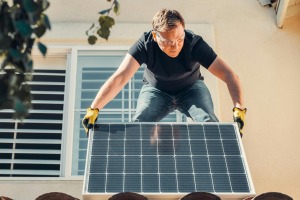


News I published 17 December 2021
European architects see a wide variety of advantages of prefab
Over the years, we have seen the use of prefabricated elements in construction projects of European architects grow steadily. As we discussed in a previous article, European architects expect that growth to continue in the coming years, albeit not everywhere at the same pace. That can depend on the presence of driving trends like labour or housing shortages for instance, or on the share of new-build projects in a certain country.
The growth of prefab depends on the advantages it offers to deal with those overarching trends and market characteristics. The question is what those advantages of prefabricated elements are, which is what we interviewed architects about for the Q3 2021 report of USP Marketing Consultancy’s European Architectural Barometer. We asked architects from eight European countries what advantages they think drive the shift towards using prefabricated elements.
Speed is of the essence
Using prefabricated elements clearly speeds up the construction process. In all countries, the largest share of architects see faster building as the main advantage that drives using prefab. In most countries, a substantial share of architects also see fast production as an advantage. Although there are some differences per country, speed is clearly of the essence.
Faster building links to major trends like housing shortages and also labour shortages. By speeding up the construction process, you need labour for a shorter period to finish a project, meaning you need less labour per project. The connection with labour shortages is also visible in the second most mentioned driver of prefabrication: cost efficiency. Where labour is in shorter supply, labour costs rise. Prefabrication allows for faster and less labour-intensive construction, thereby reducing overall costs.
Architects see a wide variety of advantages of prefab in every country
Aside from speed and costs, a wider variety of advantages is named by the architects. They mention the possibilities prefabrication offers for quality consistency, for instance. They see the importance of the fact that prefabricated elements are fabricated in a controlled environment, absent of the dust and influence of the elements you find on the construction site. In some countries, architects even see the durability or sustainability of using prefabrication as a driving factor.
More important than exactly which advantages of prefab architects see in each country, is that they see a wide variety of advantages in pretty much every country. That means they believe prefab can be a solution to a wide variety of trends and characteristics in their market, which substantiates the forecast of growing usage of prefab in the future. Basically, prefabrication and industrialisation of the construction industry will contribute to a better, faster and cheaper process which is much needed for an industry where productivity has not increased as much as in many other industries.
Using more prefabricated elements will affect demand from every party involved in the changing construction process. To be able to gauge how substantial the growth and impact of prefab will be in each of the eight researched markets, we refer you to the Q3 2021 report of USP Marketing Consultancy’s European Architectural Barometer.

Read more about the subject


18 July 2024 I Dirk Hoogenboom
Willingness to invest of European consumers in sustainability improvements of their houses lower in 2024 than in 2023


02 July 2024 I Dirk Hoogenboom
BIM adoption among European HVAC installers remains low


06 June 2024 I Maja Markovic
Sustainability in the electrical installation sector; slow but steady growth


06 June 2024 I Dirk Hoogenboom
Trends in construction material usage

Fresh Insights Await
Our latest reports
Delve into the newest findings across various market segments, crafted for a cutting-edge overview. Explore our latest reports, brimming with up-to-date data, trend analyses, and in-depth examinations, all tailored to provide you with a comprehensive understanding of the current market dynamics.
Construction
Home Improvement
Installation
Construction
Trends in material usage Q1 2024
2024 102 pages
Explore the evolving trends in material usage among European architects in Q1 2024. Delve into the factors driving material preferences and the impact on construction aesthetics and sustainability.
1,850 Euro
Construction
Media orientation H2 2021
2024 161 pages
Explore the media engagement patterns of contractors to optimize your marketing strategies. Dive into a pool of insights that unveils how contractors interact with different media channels.
6,300 Euro
Construction
European Green Deal Q4 2021
2024 88 pages
Explore the impact and reception of the European Green Deal among architects. Understand how the initiative is influencing architectural practices and sustainability measures.
1,850 Euro
Construction
BIM Q4 2023
2024 246 pages
Key insights regarding the BIM usage and behaviour of European architects, and our latest future building volumes prognoses
1,850 Euro
Construction
Purchase Channels H2 2023
2024 123
Explore the buying and ordering behaviour among contractors in H1 2023. Uncover the key channels used, share-of-wallet and much more.
6,300 Euro
Construction
Behavioural segmentation and media usage report 2023
2023 75 pages
This report provides a comprehensive overview of purchase behaviour, products, and media usage, specifically focusing on European handymen. It delves into how handymen use media, and for what purposes, and examines their habits and preferences in terms of purchasing behaviour.
8,400 Euro
Home Improvement
DIY versus DIFM Q4 2021
2024 113 pages
This report is a must-have if you’re in the home improvement industry. It provides a wealth of information on the behaviour of DIY and DIFM consumers, their motivations, and the factors that influence their purchasing decisions.
3,150 Euro
Home Improvement
DIY or DIFM Q4 2023
2024 70
Explore the prevailing trends between DIY and DIFM in Q4 2023. Understand consumer preferences and the factors influencing their choice between DIY and DIFM.
3,150 Euro
Home Improvement
Branding Q3 2023
2023 93 pages
This report offers an extensive overview of the home improvement industry, with a focus on branding and the most popular brands within different categories. Within this report, you will gain insights into how customers perceive home improvement brands and what motivates them to buy certain products.
3,150 Euro
Home Improvement
Purchase channels Q2 2023
2023 114 pages
The European Home Improvement Monitor offers valuable insights on purchase channels in the European home improvement industry, examining the evolving preferences and behaviors of consumers across traditional retail and emerging online platforms.
3,150 Euros
Home Improvement
Purchase Channels Q2 2022
2022 124 pages
Uncover the prevalent purchase channels in the home improvement sector during Q2 2022. Delve into consumer preferences and the factors influencing their purchasing decisions.
3,150 Euro
Home Improvement
Do-it-yourself or do-it-for-me Q4 2022
2022 93 pages
Explore the prevailing trends between DIY and DIFM in Q4 2022. Understand consumer preferences and the factors influencing their choice between DIY and DIFM.
3,150 Euro
Installation
Smart & Connected Products Q2 2024
2024 120 pages
This report provides a comprehensive view of the attitudes of installers toward smart building solutions, specifically among electrical installers and their clients. In the report, you will find insights into the installers' experiences with installing smart products and the willingness of end users to invest in such solutions, as well as their motivations and pain points.
3,150 Euro
Installation
Sustainability Q1 2024
2024 81 pages
Delve into sustainability trends in the home improvement sector in Q1 2024. Discover consumer preferences and the shift towards eco-friendly home improvement solutions.
3,150 Euro
Installation
BIM Q1 2024
2024 84 pages
The European Mechanical Installation Monitor report provides a detailed analysis of the plumbing and HVAC industry. This report specifically focuses on BIM adaptation in the industry.
2,650 Euro
Installation
Sustainability Q1 2024
2024 99 pages
The European Electrical Installation Monitor report provides a detailed analysis of the sustainable solutions in the installation industry. This report specifically focuses on sustainability aspects in the industry.
3,150 Euro
Installation
Challenges toward sustainable future Q4 2021
2024 111 pages
2,650 Euro
Installation
Purchase channels Q4 2021
2024 106 pages
Delve into the training needs within the electrical installation sector. Understand the areas requiring skill development to meet the evolving demands of the industry.
3,150 Euro








